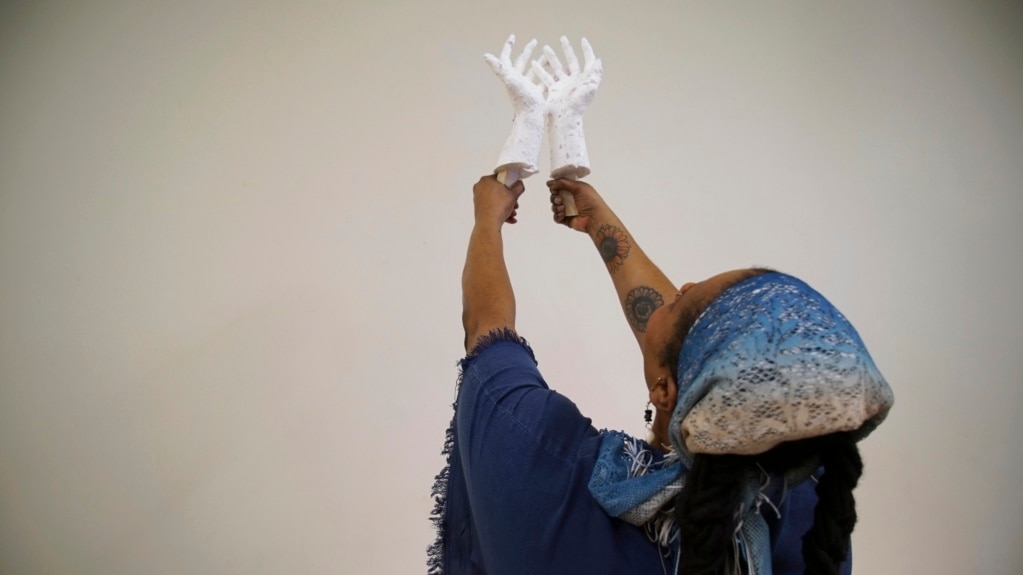An organization is using human genetic material to learn about the African roots of 36 American slaves who lived in the late 1700s.
The 36 bodies were discovered in 2013 during a construction project in Charleston, South Carolina. The DNA material was collected from the remains. DNA is a group of molecules that hold the genetic information necessary for life.
Leaders of the project say no written records have been found for any of the individuals. Their names are unknown and any information about their lives was lost.
But now, their stories are being pieced together through things that were left behind, such as bones, teeth and DNA.
DNA research has developed over the years to permit scientists to use ancient remains and to learn about long dead people. In Charleston, that meant searching for African roots that were cut off by slavery.
“We’re bringing their memory back to life,” said Raquel Fleskes. She is an anthropologist at the University of Connecticut who studied the remains. Fleskes added that she considers the project a way to bring back dignity “to individuals that should’ve always had this dignity.”
The Charleston project started 10 years ago. It began after workers discovered the remains during a large building project.
Experts believe the remains belonged to enslaved people of African background who lived nearby. The remains are estimated to date back more than 200 years.
The city reburied the remains near where they were found, and a memorial is planned to honor the individuals. But with little information known about the people, community members decided to use science to learn more about them. The effort turned into the Anson Street African Burial Ground Project.
Things found at the building site suggested the bodies were buried with care, said Theodore Schurr. He is an anthropologist at the University of Pennsylvania who has worked on the project. Schurr said minerals in the teeth showed that only a few had been born in Africa. Most had likely been born into slavery in Charleston or nearby.
The researchers also collected DNA from the bones. They were able to get some genetic material from most of the 36 and full genomes for half of them. The material was compared with the genetic material of people in Africa today.
Results showed the group had ties to many places along the West African coast, from Gambia to Gabon. The individuals were mostly male, and most died as adults. The youngest was a child under three years of age and the oldest was a man over 50. Their DNA showed they were not related, except for a possible mother and child.
Researchers also offered DNA tests to 78 African Americans currently living in the Charleston area, said La’Sheia Oubré. She led community education for the project. Oubré said no direct relatives of those buried at Anson Street have been found.
But she and other community members consider the early ancestors' family. “They have such a story to tell,” Oubré said. “And because they’re not related to us by blood, it doesn’t mean that it’s not our moral responsibility to take care of them.”
I’m Bryan Lynn.

